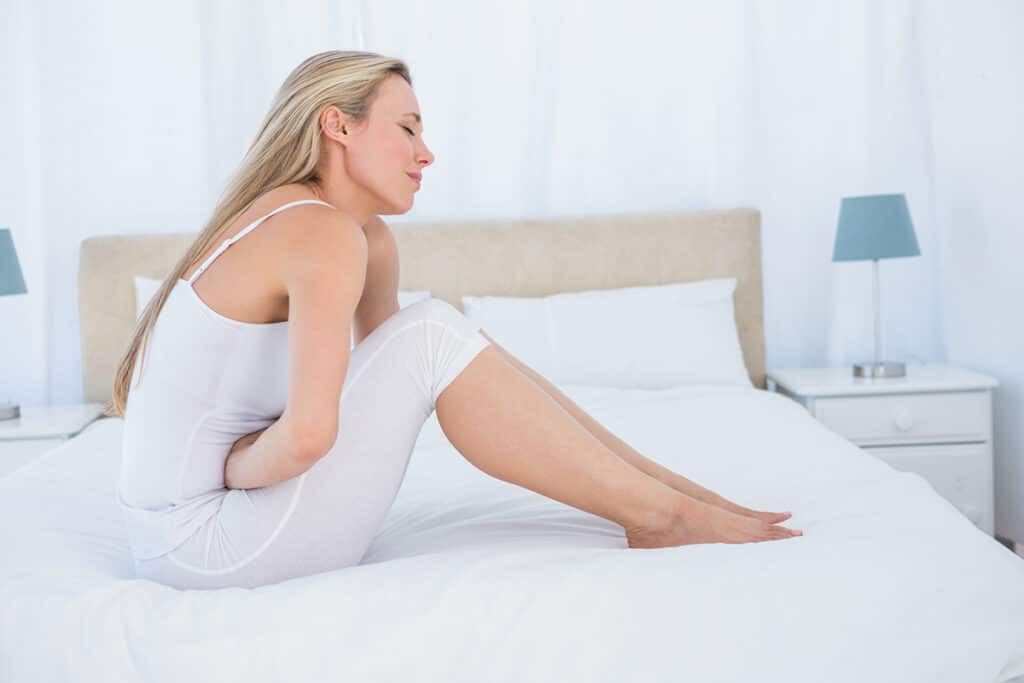
Do you experience burning or soreness outside the vagina? You’re not alone. Vulvar pain can happen to women of all ages. It’s most common in young women and again around menopause. The pain can come and go for months at a time. Don’t ignore these symptoms. Seek medical treatment right away.
What causes the vulva to hurt?
The vulva is a sensitive area, so many different conditions cause inflammation and pain. For example, yeast or bacterial infections lead to itching and burning. Sexually transmitted diseases such as herpes also create pelvic pain. Chronic pain with no underlying cause may be a condition called Vulvodynia.
Vulvodynia
Vulvodynia is chronic, unexplained pain around the vaginal opening that lasts for three months or more. It may feel like burning, aching, stinging, or rawness. You may feel pain all over the vulva or just in one place. The discomfort may be constant or only crop up at certain times. For example, sexual activity or tampon insertion sometimes triggers pain at the vestibule. Vulvodynia has adverse effects on women’s sexual relationships and quality of life. Fortunately, treatment is available.
Vulvar Pain Factors
While environmental factors such as infections cause pain in the vulva, genetics are also at play. Certain risks for developing chronic pain are hereditary. So, if your mom experienced it, you are also more likely to develop it as well. Likewise, psychological stress is associated with pain sensitivity. For example, women with Vulvodynia are four times more likely to have anxiety. Hormonal changes and quality of sleep also play a role.
Pelvic Floor Muscles
Hyperactivity of the pelvic floor muscles is an indicator of Vulvodynia. Overactive muscle contractions create inflammation and sensitivity around the vulva. Too much muscle tone will decrease the blood flow and oxygen to the area, leading to lactic acid build-up. Improving the condition of pelvic floor muscles goes a long way in relieving pain.
Vulvar Pain Treatment
One of the best treatments for Vulvodynia is pelvic floor physical therapy. The therapist provides a comprehensive approach to pelvic health through manual therapy and education. In addition, your PT may recommend home exercises or vaginal dilators to stretch the vagina. Your doctor can also prescribe a topical cream to relieve pain. Many women find relief from physiological stressors through Cognitive Behavioral Therapy and relationship counseling. Surgery is a very last resort when no other treatments work.
Seeking Treatment
Vulvar pain is an underdiagnosed issue that affects many women. Most patients improve with treatment, but complex underlying factors mean each person needs an individualized treatment plan. The first step is talking to your gynecologist or healthcare provider.
At Churchill Orthopedic Rehabilitation, our women’s health expert can assess your pain and work with you to determine the best course of action. You don’t have to live with chronic pain—schedule an appointment online today.
